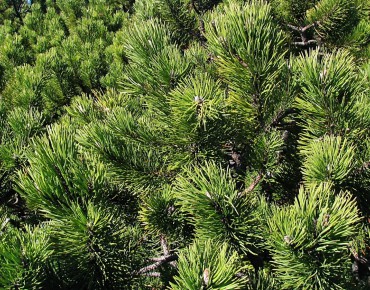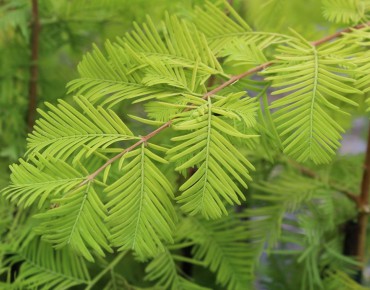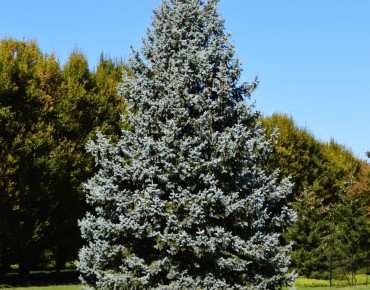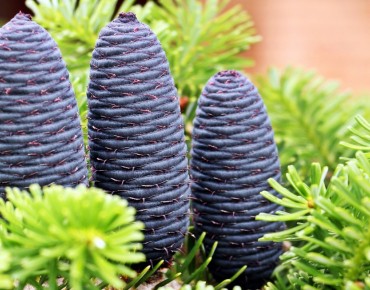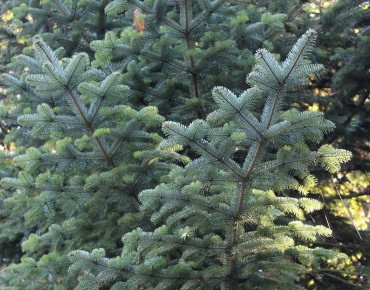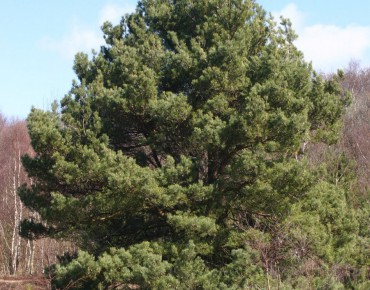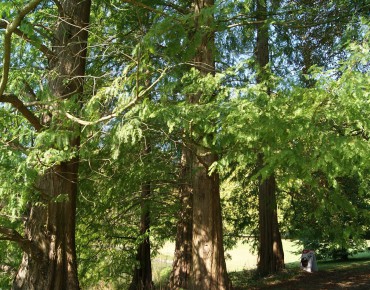- novelty
- New
Corsican pine
Pinus nigra Laricio - Pinus nigra Corsicana
Description
Corsican pine – Pinus nigra laricio
Main interest
The Corsican pine, or Pinus nigra laricio, is a majestic conifer with an upright, slender habit, renowned for its vigorous growth and exceptional longevity. A subspecies of the Austrian black pine, it is native to Corsica and perfectly adapted to its mountainous, dry climate. This tree features a straight, silver-grey trunk and long, flexible, dark green needles. Highly tolerant of wind and poor soils, it is widely used in Mediterranean reforestation and landscape restoration. The wood, valued for its quality, was historically used in shipbuilding and carpentry. In landscaped gardens, its vertical silhouette makes it an excellent choice for parks and large spaces. Its pollution tolerance also makes it suitable for urban areas. Its hardiness and drought resistance contribute to its use in sustainable and ecological planting schemes.
Origins and characteristics
Geographic origin: Corsica (Monte Cinto range), endemic to the island.
Botanical family: Pinaceae
Notable features: Cultivated since the 18th century for timber. Perfectly adapted to poor, acidic, rocky soils. One of the most uniform and elegant forms among black pines.
Description and traits
Mature height: Up to 40 metres in ideal conditions.
Mature width: 8 to 10 metres depending on site conditions.
Habit: Narrow, columnar to conical form, crown widening with age.
Bark: Initially silver-grey and smooth, becoming fissured and darker over time.
Foliage: Evergreen, long, paired flexible needles. Dark green with a silvery sheen.
Growth: Fast in youth (up to 50 cm per year), slower with age.
Hardiness: Very hardy, tolerates down to -20 °C or lower. Wind- and drought-tolerant.
Flowering and fruiting
Flowering period: April to May.
Flower description: Inconspicuous monoecious flowers; male catkins are yellowish, female cones green then brown.
Fruits: Oval brown cones (5–7 cm), maturing over two years. Seeds are wind-dispersed.
Faunal value: Low nectar value but seeds may feed birds and small mammals.
Exposure and soil
Ideal exposure: Full sun in open locations.
Soil type: Poor, well-drained, acidic to neutral, stony soils. Avoid heavy or waterlogged soil.
Planting
Soil preparation tips: Ensure excellent drainage. Add coarse sand or gravel to heavy soils.
Spacing between plants: 5–7 metres depending on use (woodland vs. solitary).
Soil nature: Dry, acidic to neutral, loose and stony.
Watering
Water needs at planting: Regular but moderate watering during the first summer.
Water needs at maturity: Very low, highly drought-resistant.
Pruning
When and how to prune: No pruning needed in natural form. In youth, light shaping may be done to balance structure.
Propagation
Possible methods: Sowing in spring after winter stratification. Grafting is rare.
Uses in the garden
Ideal placement: Solitary tree, park planting, dry garden, windbreak in large landscapes.
Recommended companions: Cistus, broom, lavender, heather, rosemary, holm oak – all Mediterranean dry-climate plants.
Traditional uses
Historical or cultural uses: Timber used in shipbuilding, railways, posts, and exterior carpentry.
Pest and disease protection
Possible sensitivities: May be affected by pine processionary moth or root rot in waterlogged soils.
Prevention and natural treatments: Ensure drainage and airflow, encourage natural predators (e.g., tits) with nest boxes.
Development tips
Practical advice: Full sun, well-drained soil, mulch in early years, very little watering needed after establishment.
Cultivar differences and specificities
Pinus nigra laricio is distinguished by its narrow, straight habit, light green-silver foliage, and superior tolerance to drought and altitude. Less prone to premature needle drop than other black pines, it brings height and elegance to dry gardens or mountainous parks. Its upright growth allows for underplanting and integration into layered garden designs. A top choice for ecological and climate-resilient plantings.
Features
- Common name : Corsican pine
- Family : Pinaceae
- Category : conifers
- Spread : 8 to 10 m
- Foliage : evergreen
- Use : Isolated, in a row, in a park, in a dry or Mediterranean garden
- Soil : acid
- Habit : conical
- Growth : Fast
- Enemies : Pine processionary moth
- Possible diseases : Root fungi in overly wet soils
- Reproduction : monoecious
Expédition & livraison
How does the delivery work?
 As soon as you place your order your plants are selected
As soon as you place your order your plants are selected Each order is processed individually.
Each order is processed individually. Plants are packed, staked and labeled.
Plants are packed, staked and labeled. Packaging is carefully implemented to avoid any problems.
Packaging is carefully implemented to avoid any problems. Packages are ready to be shipped.
Packages are ready to be shipped.
Our delivery methods
Shipping of our plants throughout Europe (except overseas and islands).
Customer reviews








